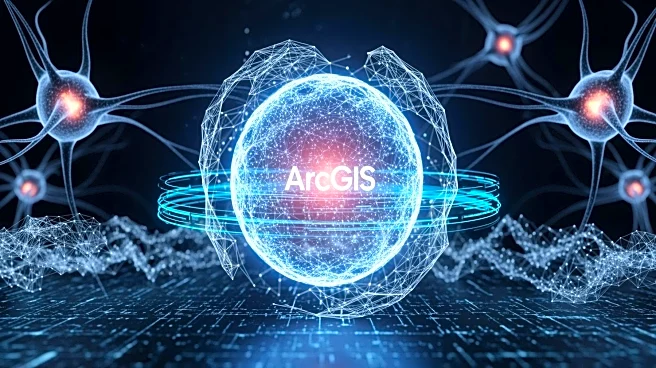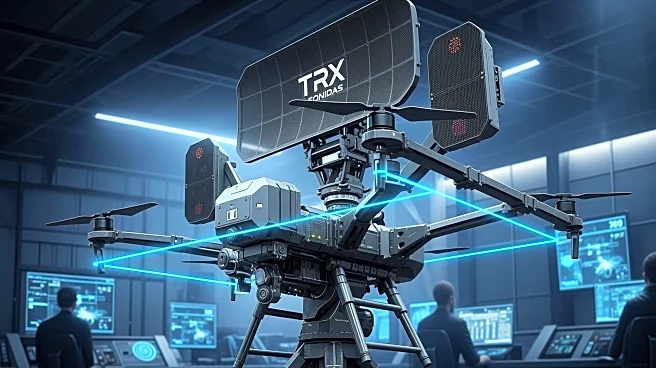What's Happening?
ESChat has launched a new feature called 'Self Discovery' on its FedRAMP Authorized 'ESChat for Government' platform. This feature allows government agencies to self-configure Inter-Agency Pathways and Talkgroups for Mutual Aid and Tactical Communications.
The platform is designed to enhance interoperability among public safety agencies, enabling secure communication channels for voice, multimedia messaging, and location sharing. ESChat's service supports interoperability across various communication systems, including Land Mobile Radio (LMR) and Dispatch systems, providing a comprehensive solution for public safety communication needs.
Why It's Important?
The introduction of 'Self Discovery' is significant as it empowers public safety agencies to independently manage their communication pathways, reducing reliance on external support. This autonomy can lead to more efficient and responsive communication during emergencies, potentially improving public safety outcomes. The feature supports interoperability across different wireless carriers and communication systems, which is crucial for coordinated efforts among various agencies. By enhancing communication capabilities, ESChat's platform could play a vital role in strengthening national security and emergency response strategies.
What's Next?
With the rollout of 'Self Discovery', government agencies are expected to begin utilizing the feature to optimize their communication strategies. This could lead to increased adoption of ESChat's platform across federal, state, and local agencies. As agencies become more familiar with the system, there may be further developments in inter-agency collaboration and communication efficiency. Additionally, ESChat may continue to expand its platform capabilities to support evolving public safety communication needs.
Beyond the Headlines
The launch of 'Self Discovery' highlights the growing importance of digital communication solutions in public safety. As technology continues to advance, agencies may face challenges in integrating new systems with existing infrastructure. The ability to self-manage communication pathways could lead to a shift in how agencies approach interoperability, potentially influencing future policy and technology development in the public safety sector.













